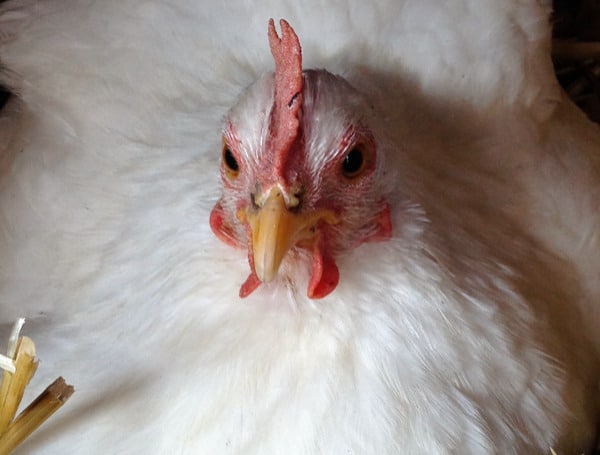The H5N1 bird flu, also known as avian influenza, has been making headlines due to its widespread impact on wild birds and poultry, and the recent emergence of cases in humans.expand_more
This article aims to provide a comprehensive overview of H5N1, covering its origins, transmission, symptoms, prevention, and the current situation.
What is H5N1 Bird Flu?
H5N1 is a type of influenza virus that primarily affects birds.expand_more It was first identified in geese in China in 1996 and has since spread globally, causing outbreaks in both wild bird populations and poultry farms.expand_more While it rarely infects humans, the recent emergence of cases in people with exposure to infected birds raises concerns about its potential to spread further.
Read: Mexico Reports First Human Death From Rare Bird Flu Strain
How Does H5N1 Spread?
The virus primarily spreads among birds through direct contact with infected individuals, their droppings, or contaminated environments. It can also be transmitted to humans through close contact with infected birds or their bodily fluids.expand_more While human-to-human transmission is rare, it has occurred in a few isolated cases.
Symptoms of H5N1 in Birds
In birds, H5N1 can cause a range of symptoms, from mild illness to severe disease and death. Common signs include:
- Sudden death
- Lack of energy and appetite
- Decreased egg production
- Swelling of the head, eyelids, comb, and wattles
- Coughing, sneezing, and difficulty breathing
Symptoms of H5N1 in Humans
Human cases of H5N1 are rare, but when they occur, they can be severe. Symptoms can include:
- Feverexpand_more
- Cough
- Sore throatexpand_more
- Muscle achesexpand_more
- Difficulty breathingexpand_more
- Pneumoniaexpand_more
Prevention and Control
Preventing the spread of H5N1 requires a multi-faceted approach:
- Biosecurity measures: Strict biosecurity protocols on poultry farms are crucial to prevent the introduction and spread of the virus.
- Surveillance: Continuous monitoring of wild bird populations and poultry flocks helps detect outbreaks early.expand_more
- Vaccination: Vaccines for poultry can help reduce the risk of transmission.
- Personal hygiene: People who work with birds should practice good hygiene, including wearing protective gear and washing hands frequently.expand_more
- Early detection and treatment: Prompt identification and treatment of human cases are essential to prevent further spread.
The Current Situation
As of June 2024, H5N1 continues to spread among wild birds globally and is causing outbreaks in poultry and dairy cows in the U.S.expand_more While the public health risk remains low, the CDC is closely monitoring the situation and working with states to track human cases.expand_more
While H5N1 bird flu primarily affects birds, the recent emergence of human cases highlights the importance of ongoing surveillance and preventive measures. By understanding how the virus spreads and taking appropriate precautions, we can help protect both animal and human health.
Help support the Tampa Free Press by making any small donation by clicking here.
Android Users, Click To Download The Tampa Free Press App And Never Miss A Story. Follow Us On Facebook and Twitter. Sign up for our free newsletter.

